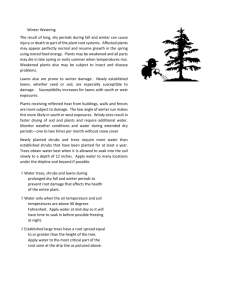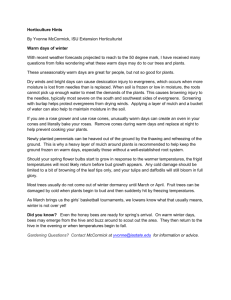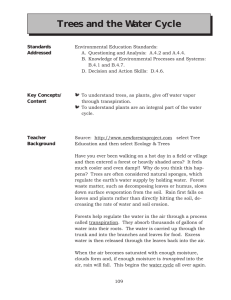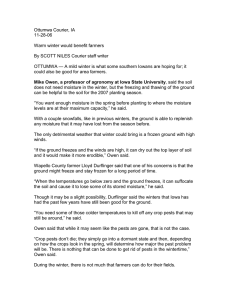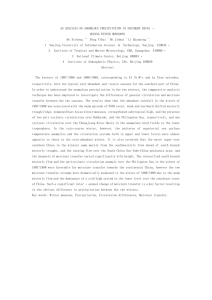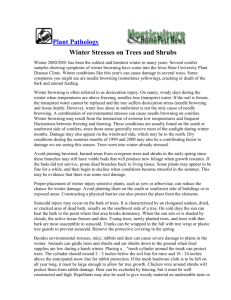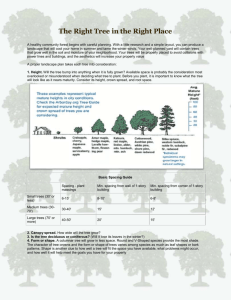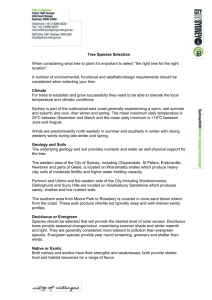Brown needles on evergreens, happened over winter
advertisement
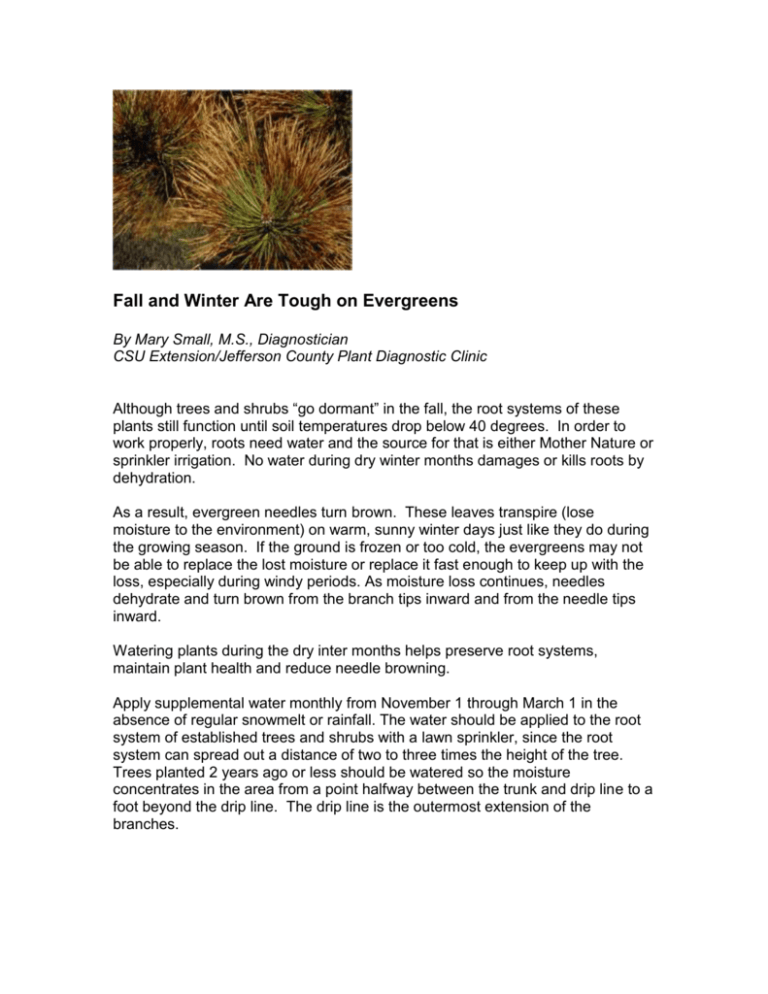
Fall and Winter Are Tough on Evergreens By Mary Small, M.S., Diagnostician CSU Extension/Jefferson County Plant Diagnostic Clinic Although trees and shrubs “go dormant” in the fall, the root systems of these plants still function until soil temperatures drop below 40 degrees. In order to work properly, roots need water and the source for that is either Mother Nature or sprinkler irrigation. No water during dry winter months damages or kills roots by dehydration. As a result, evergreen needles turn brown. These leaves transpire (lose moisture to the environment) on warm, sunny winter days just like they do during the growing season. If the ground is frozen or too cold, the evergreens may not be able to replace the lost moisture or replace it fast enough to keep up with the loss, especially during windy periods. As moisture loss continues, needles dehydrate and turn brown from the branch tips inward and from the needle tips inward. Watering plants during the dry inter months helps preserve root systems, maintain plant health and reduce needle browning. Apply supplemental water monthly from November 1 through March 1 in the absence of regular snowmelt or rainfall. The water should be applied to the root system of established trees and shrubs with a lawn sprinkler, since the root system can spread out a distance of two to three times the height of the tree. Trees planted 2 years ago or less should be watered so the moisture concentrates in the area from a point halfway between the trunk and drip line to a foot beyond the drip line. The drip line is the outermost extension of the branches.

